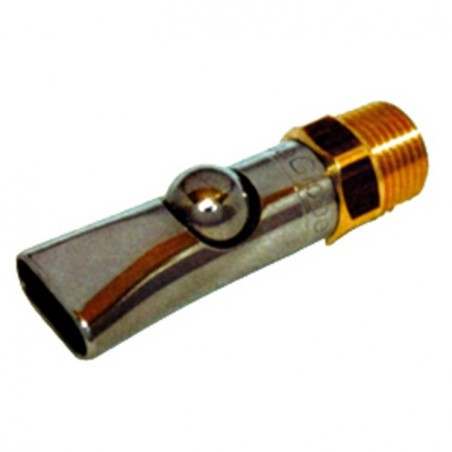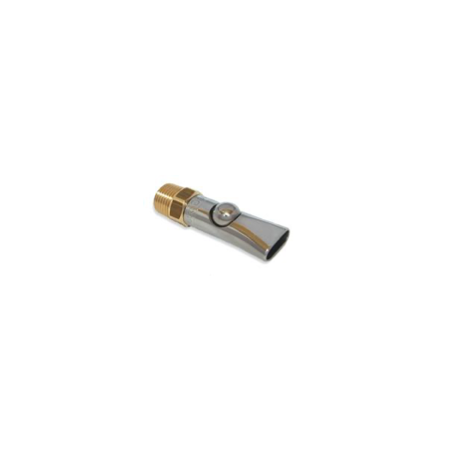Three experiments were conducted to determine the effects of supplementing cracked corn into diets of nursery and finishing pigs. In Exp. 1, 144 pigs were used in a 28-d trial. Pigs (initially 16.5 lb) were weaned and allotted with 6 pigs per pen (3 barrows and 3 gilts) and 6 pens per treatment. All pigs were fed a common diet for 7 d postweaning and the experimental diets for the next 28 d. Treatments were corn-soybean meal-based in the form of mash, pellets, and pellets with 100% of the corn either ground (618 μm) or cracked (3,444 μm) and blended into the diet after the rest of the formulation (the supplement) had been pelleted.
Overall (d 0 to 28), ADG and F:G improved when pigs were fed the mash control compared to the pelleted diets (P < 0.001); however, this response was caused by the poor performance of pigs fed the supplement treatments, with the pigs fed the complete pellets having improved (P < 0.01) ADG and F:G compared with pigs fed the pelleted supplement blended with ground and cracked corn. Finally, pigs fed the supplement blended with cracked corn had numerically lower (P < 0.11) ADG and poorer (P < 0.001) F:G compared to those fed the supplement blended with ground corn. In Exp. 2, 224 nursery pigs (initially 16.3 lb) were used with 7 barrows or 7 gilts per pen and 8 pens per treatment. Treatments were corn-soybean meal-based and fed as mash, pellets, and pellets with 50% of the corn either ground (445 μm) or cracked (2,142 μm) and blended with the pelleted supplement. Pigs fed mash had improved (P < 0.03) ADG and F:G compared with pigs fed the other treatments; however, this resulted from adding ground or cracked corn outside the pellets (complete pellets vs. pelleted supplement with corn, P < 0.01). In Exp. 3, 252 finishing pigs (initially 88.2 lb) were used with 7 pigs per pen and 9 pens per treatment. The treatments were the same as Exp. 2. Pigs fed mash had lower (P < 0.004) ADG compared with pigs fed diets with pellets. Pigs fed complete pellets had improved (P < 0.03) ADG and F:G compared with pigs fed corn and the pelleted supplement. Also, pigs fed the supplement blended with cracked corn had greater (P < 0.02) ADG than pigs fed the supplement blended with ground corn.

Pelleting the diet led to an increase (P < 0.05) in ulceration scores; however, these negative effects on ulcer scores were reduced (P < 0.001) by cracking 50% of the corn and adding it post-pellet.
CB Paulk, JD Hancock, AC Fahrenholz, JM Wilson, DD Cook, LJ McKinney, KC Benhke, JC Ebert, JJ Ohlde and JC Nietfeld. Effects of adding cracked corn to a pelleted supplement for nursery and finishing pigs. 2011. Swine Day, Kansas State University, 288-300.





